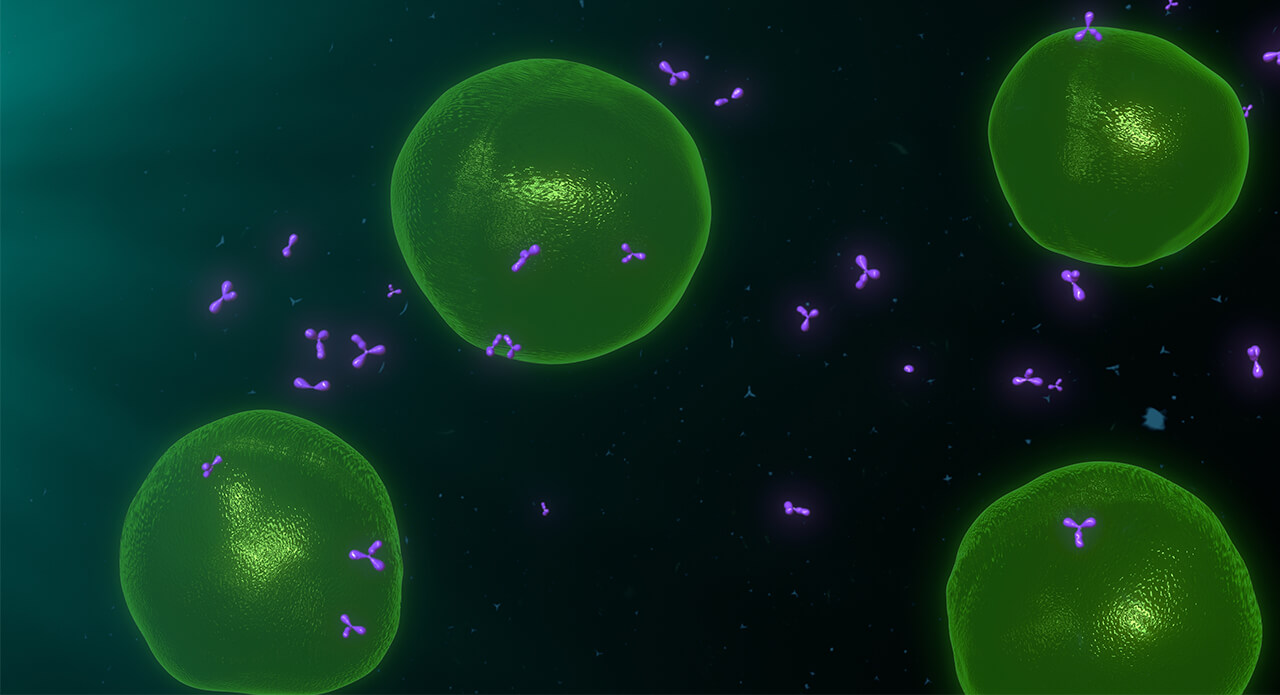How the Placebo Effect Can Cloud Clinical Trial Results

When researchers design a clinical trial, they can’t ignore the powerful—and often bizarre—placebo effect.
Since ancient times, healers have known the power of the mind-body connection — specifically, the mind’s ability to influence how the body feels. This influence can at times be so strong that the treatment doesn’t even have to be “real” for the patient’s symptoms to subside.
This is the placebo effect, and it’s a very real phenomenon, both in the lab and in the doctor’s office. In fact, the mere act of going to a doctor or a clinic can cause a placebo effect, even when the patient receives no actual placebo, such as a sugar pill.
That’s why, if you’re designing a clinical trial to test how effective a treatment is, it’s critical to account for the placebo effect. In other words, if you’re going to give the treatment being tested to one group, you usually have to measure the outcome against a control group that receives a placebo, rather than against a control group that receives no treatment at all.
Or in some cases, says Neeta Amin, a Clinical Lead in Pfizer’s Internal Medicine Research Unit, “We design the study to incorporate a period of time where no changes are made before we designate some patients to receive study drug(s),” which she says could address an inherent placebo effect seen in the majority of interventional clinical trials. In the situation she refers to, a positive response may be observed because the patient receives more direct attention from the doctor, and is more compliant with other ongoing medications that may benefit them.
The placebo effect is so powerful that even the people who are administering the treatment, and not just the study subjects, are kept in the dark about which group is getting the “real” treatment and which group is getting the placebo. This is the protocol for a “double-blind” study, the gold standard in modern clinical trials. Double-blind placebo-controlled studies generally are designed to test a treatment’s safety and efficacy.
Lest you doubt the placebo effect, here are some examples of the strange and unexpected results researchers have found. These outcomes offer insight into why it’s so important to design clinical trials that take the placebo effect into account.
It Works Even When You Know You’re Getting a Placebo
It makes sense that you might experience a placebo effect when you don’t know whether the medicine you’re taking is real or fake. But it turns out this can happen even if you’re told explicitly that the medicine is fake, as revealed in a 2010 study of people with irritable bowel syndrome (IBS). Welcome to the wacky world of the placebo effect.
In the study, people were told ahead of time that the placebo was an inert pill, such as a sugar pill. But they were also told that inert pills “have been shown in clinical studies to produce significant improvement in IBS symptoms through mind-body self-healing processes.” Even though people knew they were getting a placebo, many showed improvement during and after the 21-day study, compared to a control group that didn’t get the placebo.
Real Infection vs. Fake Infection for Asthma
In a different 2010 study, researchers wanted to test whether a deliberate hookworm infection could control asthma reactions, since there is some epidemiological evidence for the infection’s protective effects. The control group got a placebo that was a solution made with histamine, a compound that elicits a mild inflammatory response.
The result? Not only did both groups improve, but also there was no statistically significant difference between their results. You’ll sometimes hear scientists use a shorthand to describe this kind of result: They’ll say the treatment being tested was “no better than a placebo,” instead of saying “the treatment was ineffective” or “the treatment didn’t work.”
Not All Placebos Are Dummy Pills
Giving an inert sugar pill as the placebo just doesn’t cut it sometimes because the “real” treatment has noticeable differences, such as side effects, that make it obvious who’s getting it. In these situations, researchers can use something called an active placebo.
For example, during clinical trials for antidepressants, researchers sometimes use a medicine called atropine as the active placebo. One of the effects of atropine is to elevate heart rate, which mimics one of the side effects of certain antidepressants.
However, in another example of how powerful the placebo effect can be, when a clinical trial uses an active placebo like atropine, the difference in outcomes between the antidepressant and the placebo may be small or not significant. Researchers believe that this is in part because the active placebo seems to “unblind” the study — that is, it increases the likelihood that both the study subjects and the people rating the results believe that the drug was “real.”
Is It All in Your Head?
As powerful as the placebo effect can be, one important thing that scientists have discovered is that it rarely provides a cure. For example, while a placebo can influence whether a patient feels nausea or fatigue from a cancer treatment, there’s no evidence it can shrink a tumor.
But dismissing the placebo effect as just some phenomenon that’s all in your head doesn’t really do justice to the complex ways in which the mind and body interact. The source of a placebo effect may differ depending on the study design,” says Amin, “but the effect is real — which is why if you’re testing a new treatment, you can’t ignore it.”
